Out Now
The Infrastructure Issue
Current Issue
The Infrastructure Issue
JUN - JUL 2025
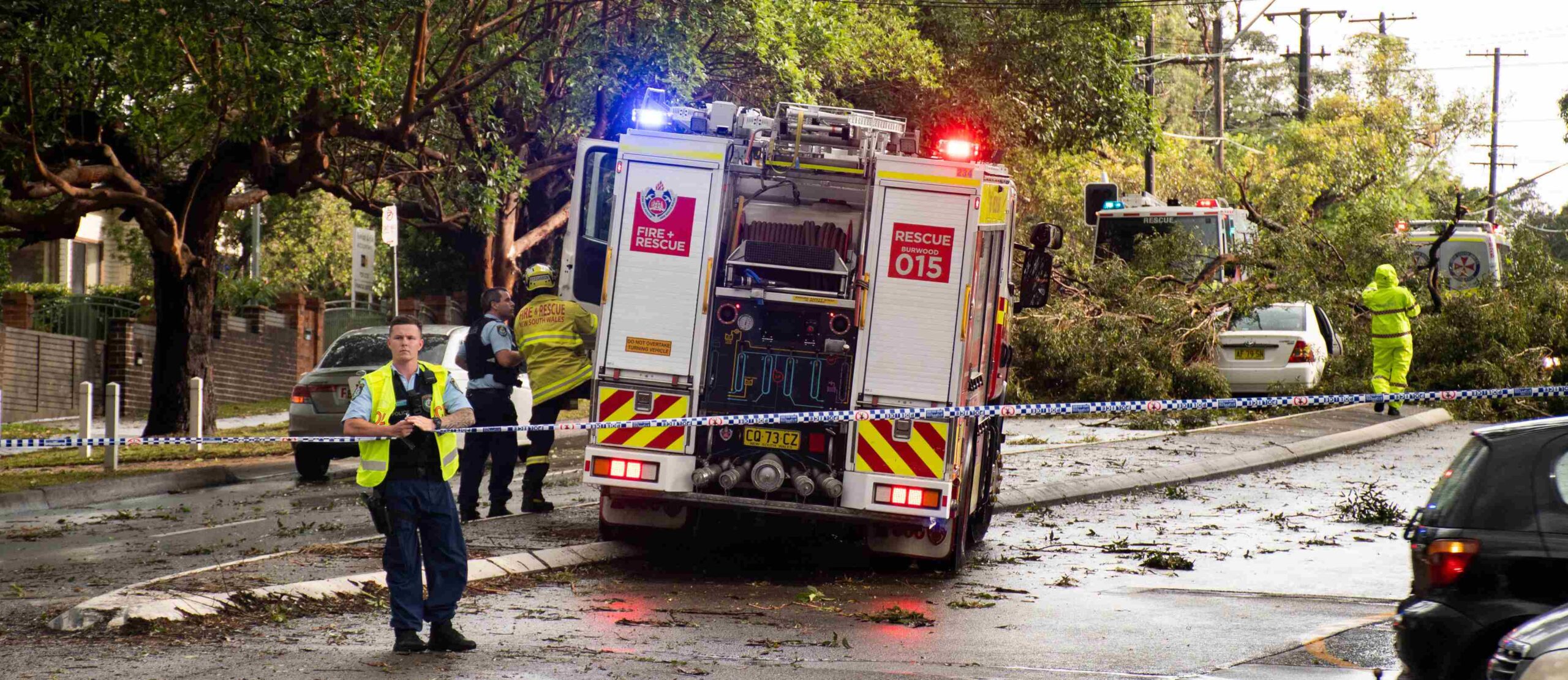
When disaster hits, local communities need electrical contractors. Here are some real-life accounts of contractors who helped their communities in their time of need.
“I love a sunburnt country, of droughts and flooding rains,” writes Dorothea Mackellar in her famous poem, My Country. The trouble is that flood, fires and storms can, and often do, cause huge amounts of damage to our country.
Rebuilding efforts during disaster recovery can be complicated and costly, and electricians are often on the frontline of cleanup efforts. With weather-related disasters forecast to grow more frequent and intense, it pays to know how to navigate a flood, storm or fire zone – and what you can do to aid the disaster recovery effort.
When flood-prone Lismore in northern NSW was inundated by its worst flood on record in 2022, Aaron Hunt, who runs Hunt Electrical Co, watched the waters rise from a vantage point in his house on top of a hill. “It was a matter of waiting until the water went down,” says Hunt, who is a customer at CNW in Ballina.
Then came the biggie – the most important thing electricians can do in any weather-related disaster situation: getting the power back on safely.
“Once the water went down, the local supply authority, Essential Energy, went around to houses and if the switchboard had been under water, they disconnected power at the pole top. If the switchboard didn’t go under, they just disconnected power inside the switchboard,” Hunt says.
In the meantime, a group of local contractors had set up a meeting place in the car park of a local bowls club to help the recovery from disaster. Residents who’d had their power cut off were connected with volunteer electricians.
“Usually, the quickest way of doing that was to disconnect the entire house, replace what we could in the board, bypass the meter because the meters had been underwater, and just put two power points in the switchboard.
“Then we’d lodge a certificate of compliance and send it to Essential Energy. They would come around for free and start reconnecting houses one by one.”
It was a similar situation after the 2019 Townsville flood, one of the Queensland city’s most serious natural disasters, and powerful Cyclone Yasi, which ripped through in 2011.
“When something like this happens, no one really knows where to go or what to do,” explains John Horan, Managing Director of Townsville-based Horan & Bird, and President of Master Electricians Australia.
Hunt says communicating with the local supply authority is crucial during disaster recovery. “In our area it’s Essential Energy, so the biggest thing was to touch base with them initially and ask what they wanted us to do. We’re out here in the trenches – what do you need for us to do to get power back on safely?”
And it goes without saying, but let’s say it anyway: electricity is dangerous when there are floodwaters around. “Reach out for help, especially if you’re in an isolated area. Find out as much information as you can, rather than rushing in like a bull at a gate,” Hunt says.
Once the initial shock subsides, communities affected by weather-related disasters are often faced with a long and expensive cleanup. Horan says it’s important for contractors to remain empathetic.
“It’s a very emotional state for everybody, especially for the people who have just lost their home. You need to be able to have some compassion and emotional intelligence to work with them, keep them calm and get the job done,” he says.
Many contractors volunteer their time if finances and logistics permit, especially in the first few weeks, and it’s not uncommon for reinforcements to travel from further afield.
“We have had a lot of our members from different areas fly in and help out local electricians, lending them vans and tools to try and help as many people as possible,” Horan says.
Help can also extend beyond electrical work. Horan says that after the Townsville flood, contractors were pitching in to assist the community with jobs like removing ruined furniture from houses.
“We spent days doing this kind of thing,” he says.
Eventually, there comes a time when contractors need to resume charging customers, Hunt says.
As recovery efforts begin in earnest, there can also be opportunities to partner with community organisations. Hunt has teamed up with Resilient Lismore, a grassroots charity supporting the town’s recovery effort.
“I’ve been doing what’s required and then sending them the invoice,” he says. “Sometimes the owners are paying half, and Resilient Lismore is using their funding to pay the other half, and sometimes they’re paying for all of it.”
Keep up to date with our latest news and competitions by subscribing to our regular newsletter.

Issue 183
OCT - NOV 2024

Issue 182
AUG - SEPT 2024

Issue 181
JUN - JUL 2024

Issue 180
APR - MAY 2024
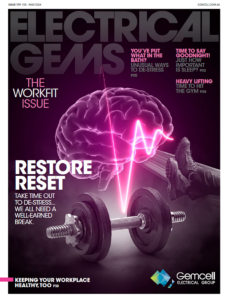
Issue 179
FEB - MARCH 2024
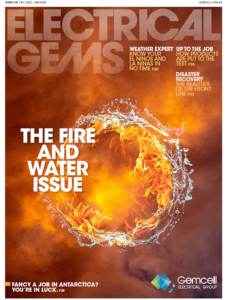
Issue 178
DEC 2023 - JAN 2024

Issue 177
OCT - NOV 2023

Issue 176
AUG - SEPT 2023

Issue 175
JUN - JUL 2023

Issue 174
APR - MAY 2023

Issue 173
FEB - MAR 2023

Issue 172
DEC 2022 - JAN 2023
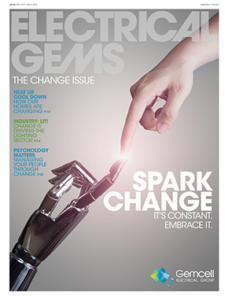
Issue 171
OCT - NOV 2022

Issue 170
AUG - SEPT 2022

Issue 169
JUN - JUL 2022

Issue 168
APR - MAY 2022
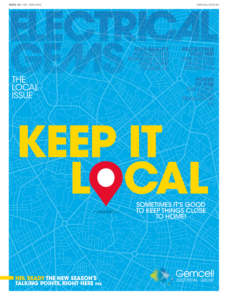
Issue 167
FEB - MAR 2022
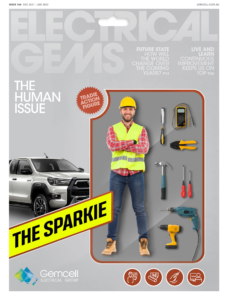
Issue 166
DEC 2021 - JAN 2022

Issue 165
OCT - NOV 2021

Issue 164
AUG - SEPT 2021
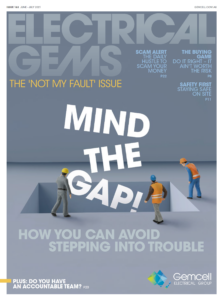
Issue 163
JUN - JUL 2021
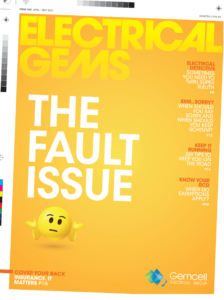
Issue 162
APR - MAY 2021

Issue 161
FEB - MAR 2021

Issue 160
DEC 2020 - JAN 2021

Issue 159
OCT - NOV 2020

Issue 158
AUG - SEPT 2020

Issue 157
JUN - JUL 2022
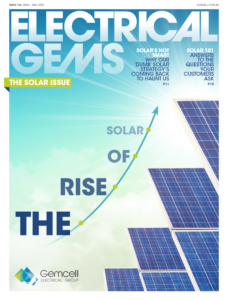
Issue 156
APR - MAY 2020
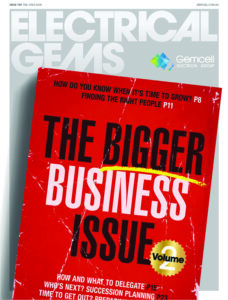
Issue 155
FEB - MAR 2020

Issue 154
DEC 2019 - JAN 2020

Issue 153
OCT - NOV 2019
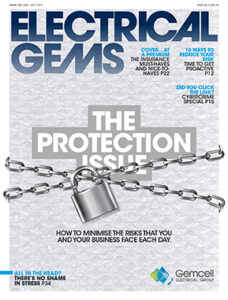
Issue 152
AUG - SEPT 2019
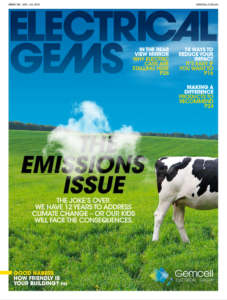
Issue 151
JUN - JUL 2019
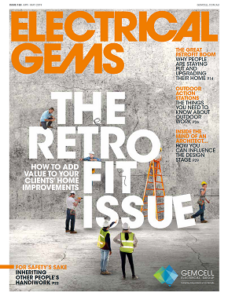
Issue 150
APR - MAY 2019
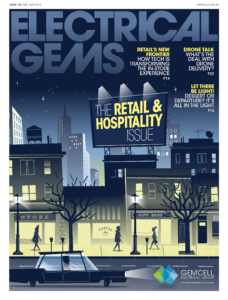
Issue 149
FEB - MAR 2019
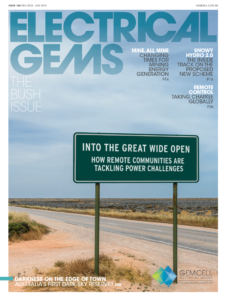
Issue 148
DEC 2018 - JAN 2019

Issue 147
OCT - NOV 2018

Issue 146
AUG - SEPT 2018

Issue 145
JUN - JUL 2018

Issue 144
APR - MAY 2018
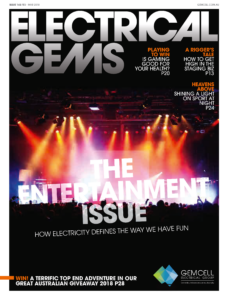
Issue 143
FEB - MAR 2018

Issue 142
DEC 2016 - JAN 2017
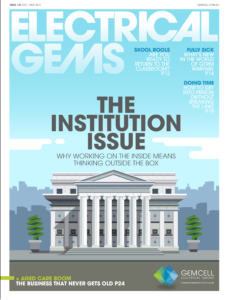
Issue 141
OCT- NOV 2017

Issue 140
AUG - SEPT 2017
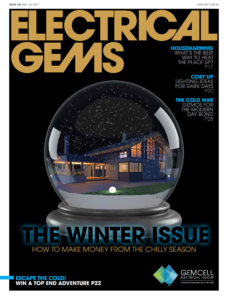
Issue 139
JUN - JUL 2017
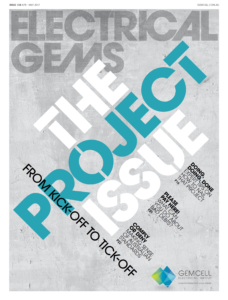
Issue 138
APR - MAY 2017

Issue 137
FEB - MAR 2017
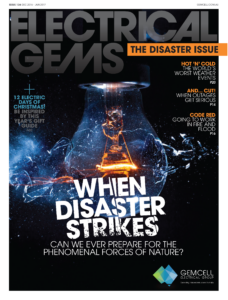
Issue 136
DEC 2016 - JAN 2017

Issue 135
OCT - NOV 2017

Issue 134
AUG - SEPT 2016

Issue 133
JUN - JUL 2016
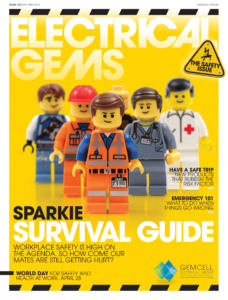
Issue 132
APR - MAY 2016

Issue 131
FEB - MAR 2016
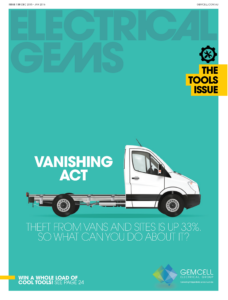
Issue 130
DEC 2015 - JAN 2016
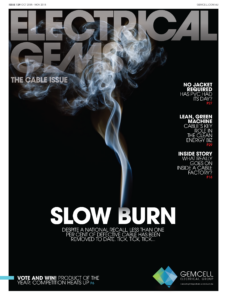
Issue 129
OCT - NOV 2015

Issue 128
AUG - SEPT 2015
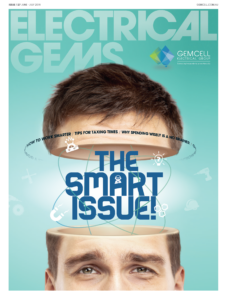
Issue 127
JUN - JUL 2015

Issue 125
APR - MAY 2015

Issue 125
FEB - MAR 2015

Issue 124
DEC 2014 - JAN 2015

Issue 123
OCT - NOV 2014
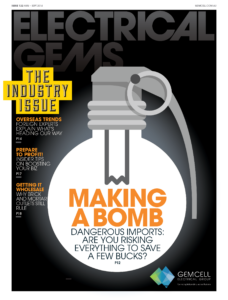
Issue 122
AUG - SEPT 2014

Issue 121
JUN - JUL 2014

Issue 120
APR - MAY 2014

Issue 119
FEB - MAR 2014
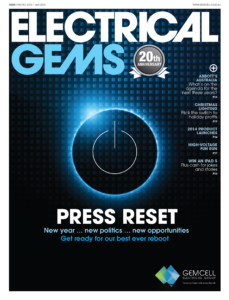
Issue 118
DEC 2013 - JAN 2014
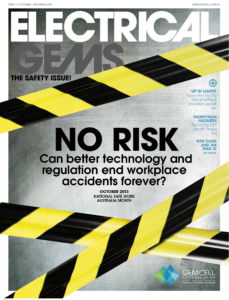
Issue 117
OCT - NOV 2013
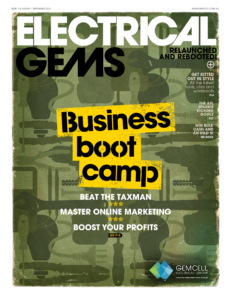
Issue 116
AUG - SEPT 2013

Comments (0)
Write a Comment